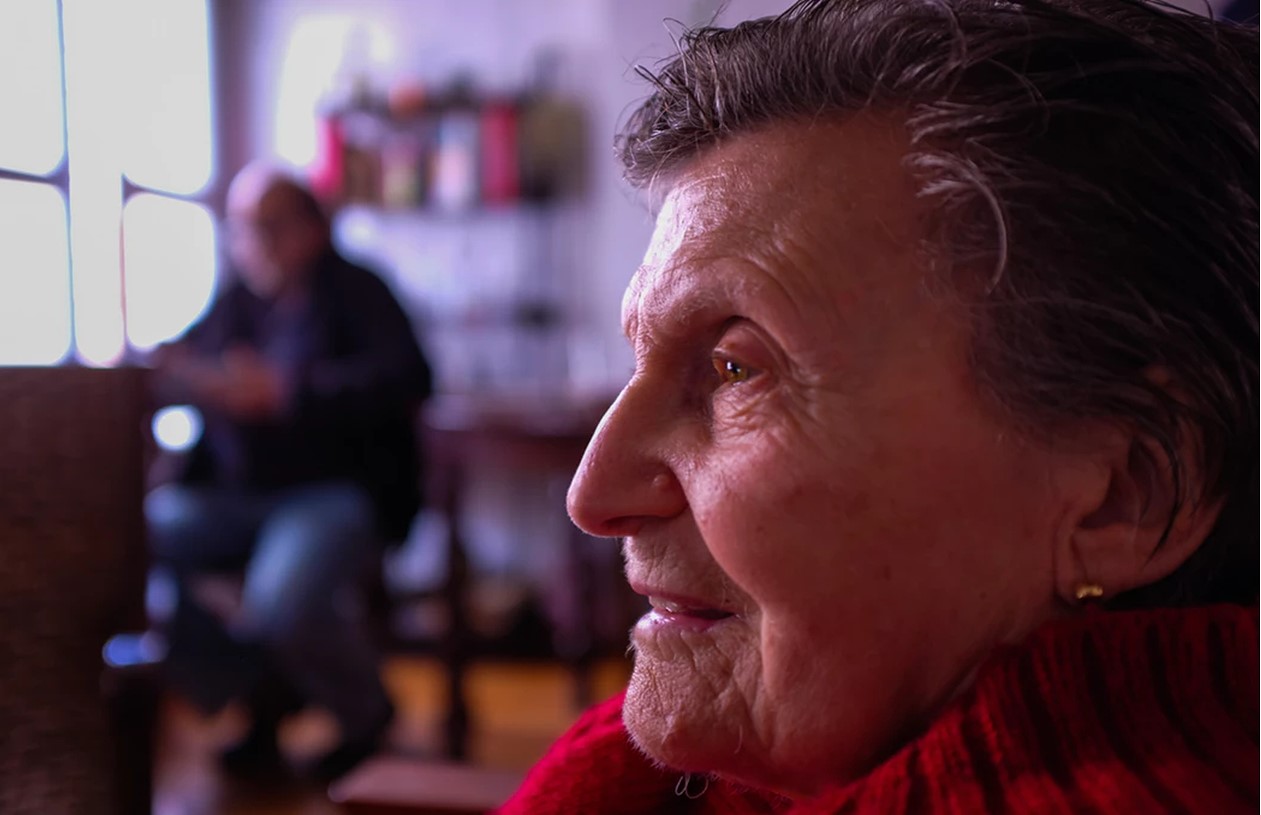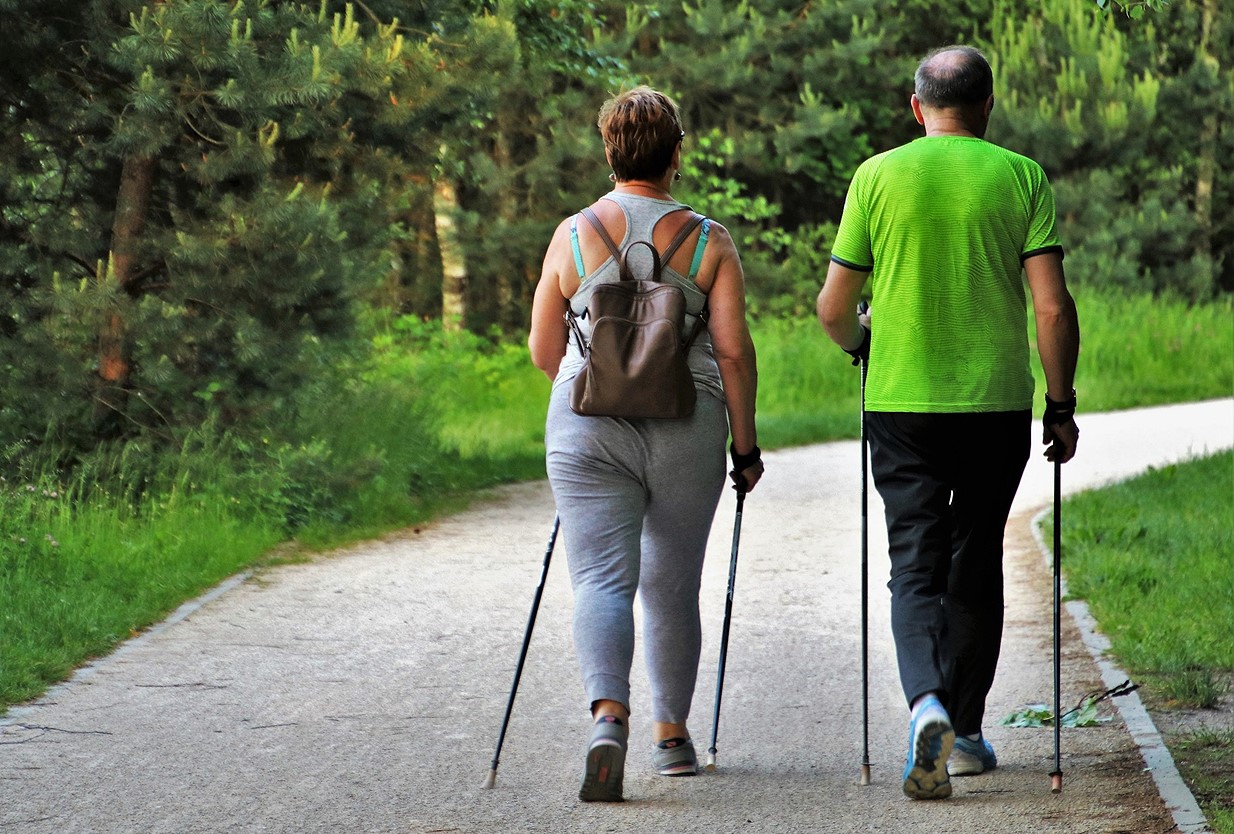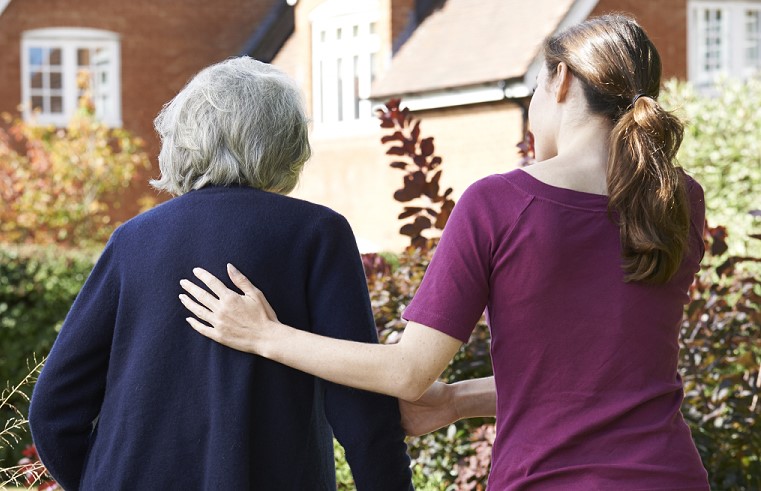
By: Dr. Stacey Wood, Ph.D.
Financial elder abuse is an epidemic in America, and today’s technology makes it easy for fraudsters to take their schemes global. Scammers can call or email from anywhere in the world, making it more difficult to trace the funds after a con artist disappears. According to reports, fraudsters take $37-billion every year from older adults in the United States.
Many scammers play on people’s drive for human connection. Whether the scams begin on social media, through telephone calls, from an email, or even in person, senior citizens are often in a position to be more vulnerable to fraudsters.
Elders don’t need to have experienced cognitive decline to be targeted. A recent loss, like a death in the family or a divorce, can make them more vulnerable. Odds of being scammed more than double during difficult life circumstances and those who are lonely or isolated may be more likely to fall for a romance scam or similar confidence trick.
People who are in a troubling financial situation, who are eager for a bargain, or enthusiastic about risk-taking can also be targeted for get-rich-quick schemes.
There are a number of different types of scams that target senior citizens. Health scams seek out seniors’ private Medicare information to submit false billing for reimbursement. Other medical scammers sell fake prescription drugs at cheap prices. This is a scam that can put seniors’ health and lives at immediate risk.
People who have lost a loved one are also targeted for funeral scams. Fraudsters call grieving people and claim that their loved one had a debt that must be paid. A variety of phone scams involve financial offers, investment opportunities, or claims of overdue taxes.
Many fraudsters take advantage of seniors who are less technically savvy or aware of social media norms. Internet schemes include romance scams over social media, fake anti-virus software used to extort money, or phishing schemes to gather online banking information.
Mortgage and investment schemes seek to divert seniors’ wealth to a con artist, while sweepstakes scams inform seniors that they have “won” prizes, but they must pay to receive their winnings. There is a multitude of schemes that target older Americans, and being aware of the wide range can help people avoid financial catastrophe.
As a caregiver, you may notice signs that something is wrong with your loved one’s finances. One common sign that a person has become a fraud victim is a sudden change in financial habits.
A frugal person may suddenly withdraw large sums of money but have little to show for it. An older adult with a healthy bank account may suddenly be running up debts or receiving collection calls. Others may suddenly discuss a new friend in their lives, often overseas and connected via social media.
Unfortunately, many victims experience fear and shame. They don’t want to admit to being victims, as they fear it will make them look incompetent. However, those understandable emotions can be a barrier to taking action to prosecute those responsible and potentially recover lost funds.
You can help the elders in your life avoid fraud. Open conversations about new friends or love interests can help shed light on potential scammers. Discuss social media use, as well as its pros and cons. In addition, advise loved ones to get a copy of their credit report each year to ensure accuracy.
Seniors can protect themselves by visiting financial advisors, lawyers, and their bank branch. Bank fraud personnel are trained to spot scams, so developing a trusting relationship with the local bank helps seniors protect themselves. Advise loved one to always request financial offers in writing and take time to consider before sending money, especially via untraceable methods like wire transfers or Western Union.
If you suspect that an elder in your life is a fraud victim, you can help by reaching out. A compassionate, non-judgmental approach can help to break the silence imposed by fear and shame. Loved ones can work together to support their family member and unravel the truth about a fraudster.
You can also take action by reporting the scheme to their bank; fraud departments are motivated to stop these schemes that cost banks millions. The authorities can also help. Adult Protective Services in your area is charged with protecting vulnerable adults. The local police also have a responsibility to investigate fraud, which is a serious criminal offense.
As a caregiver, your participation matters. In fact, your active involvement in a senior’s life helps fight fraud, because he/she will be less vulnerable to the emotional manipulation used in scams.
Dr. Stacey Wood, Ph.D., is a forensic neuropsychologist and one of the nation’s leading  experts on financial elder abuse and fraud. She is the Molly Mason Jones Professor of Psychology at Scripps College and a licensed clinical psychologist in California. As one of the nation’s leading experts in the areas of forensic neuropsychology and geropsychology, Dr. Wood has vast experience as an expert witness in California and nationwide.
experts on financial elder abuse and fraud. She is the Molly Mason Jones Professor of Psychology at Scripps College and a licensed clinical psychologist in California. As one of the nation’s leading experts in the areas of forensic neuropsychology and geropsychology, Dr. Wood has vast experience as an expert witness in California and nationwide.






